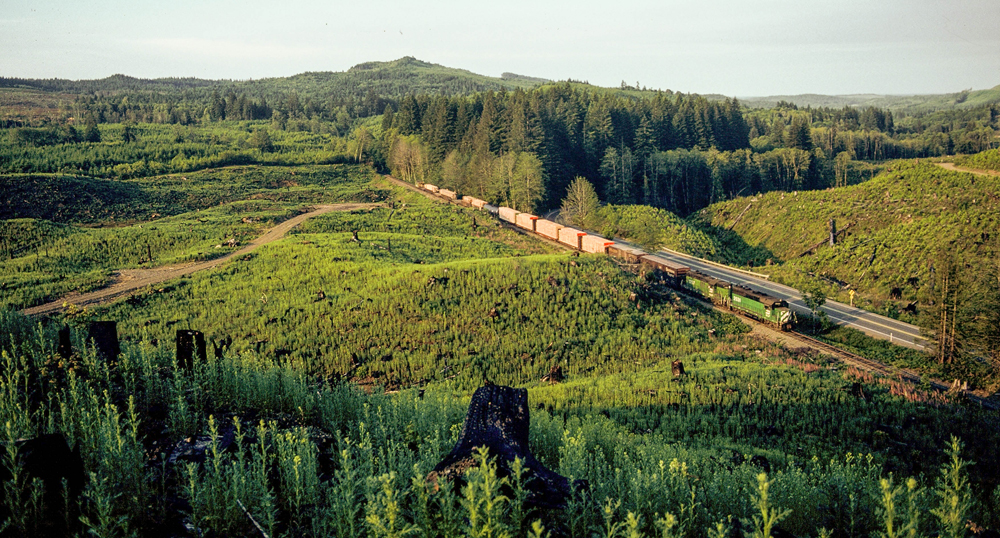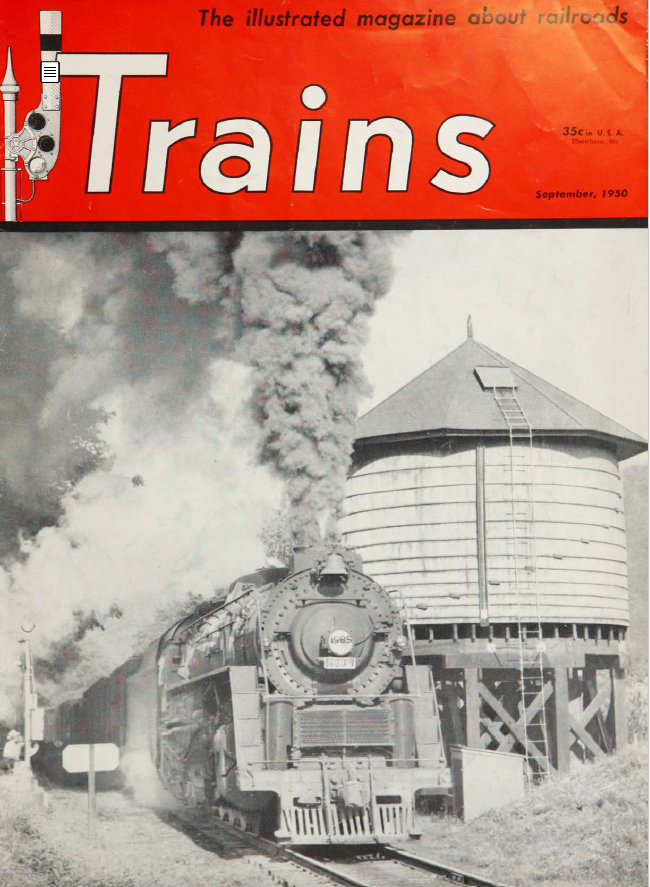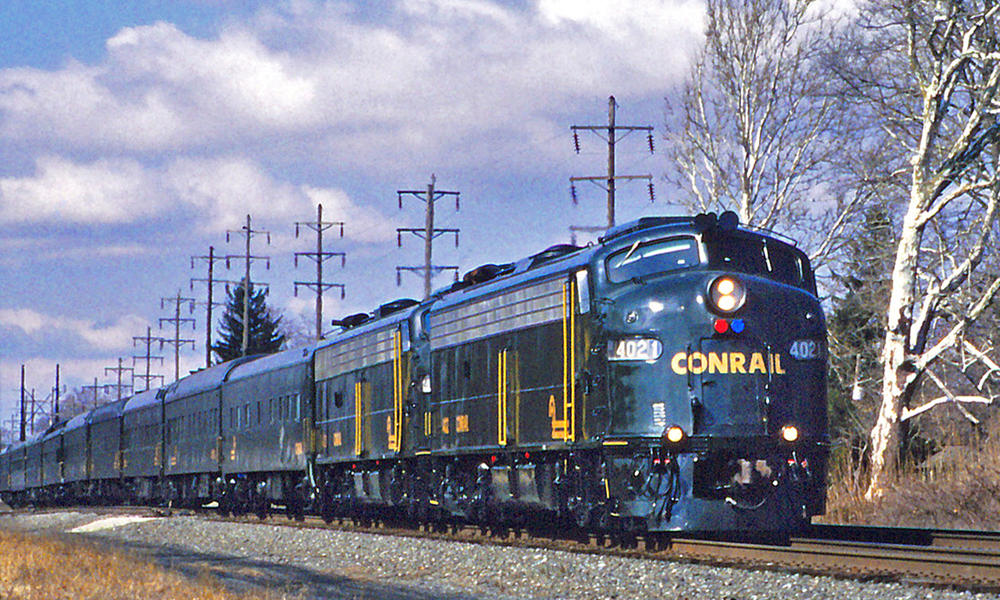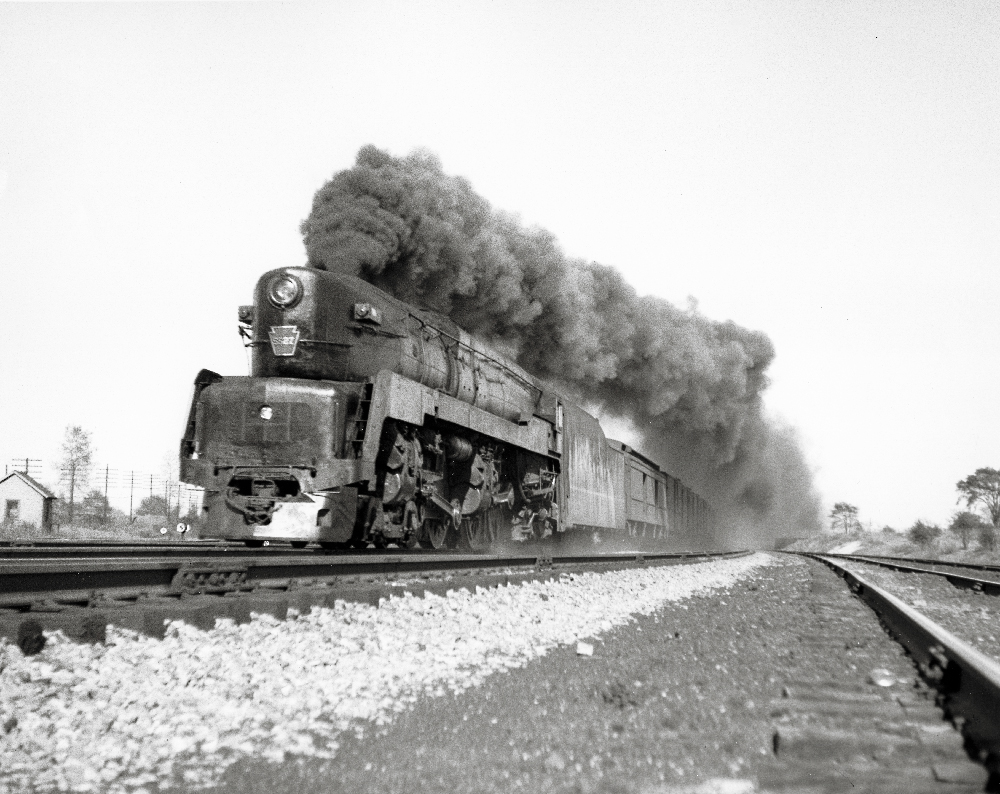
In late November 1978, just after the Thanksgiving holiday, I was called off the Auburn extra board to deadhead to protect the Bremerton local.
The Bremerton local had been abolished so the company would not have to pay a crew for the holidays (some things never change). I was a newbie, having only hired out months prior in August. The other brakeman, who I will call Jerry, was called off the Everett switchman’s extra board. In those days, with Bremerton being an outlying point, you were called until released — usually seven days, unless you were bumped from the job before the seven days were up. We also had an extra-board engineer from the Interbay extra board in Seattle, an engineer named Dave.
Somehow, we ended up with the conductor that had been the regular conductor on the job before its abolishment — a nice guy, who I will call Mr. Perfect. He was a little hard-headed, as he spent most of the mornings at the depot complaining endlessly to the chief dispatcher about two inexperienced brakemen and an extra-board engineer.
While he was doing that, I remember looking out of the depot and seeing the battleship USS Missouri (BB-63) sitting straight out the back door at the Bremerton naval shipyard. The depot and turntable were just outside the shipyard’s south gate.
There are two reasons why this story has stuck with me. It had snowed a few days before this call. When I was hired out, you absolutely had to have steel-toe boots. While I walked around Auburn Yard in those spanking new steel-toe boots, the guys at Auburn asked if they were steel toes. I would say, “Yes,” and they would walk away laughing saying, “You are going to pay for that.”
So, my first memory of the Bremerton Local consisted of me walking around in the snow all day and my feet starting to get cold — I mean REALLY cold. I ended up taking off my boots and putting my feet into the arms of my work jacket as we ran between stations to do more work. I then knew why the guys were laughing about the steel toes, and why I was not going to be.
The other reason I like telling this story: It is one of those stories you have to hear. I mean HEAR — wish I had a tape recorder (remember those?) that night.
In those days, the ground crews didn’t all have portable radios. We had one radio, and that was with me in the caboose, sitting by myself on the main line at a Weyerhaeuser siding near Allyn. We made the cut on the caboose, continued to pull up and set out 40 empty log cars over to the siding, and then shove them in.
That night it was as dead silent as it could be; not a noise other than us. This whole scenario was on a curve. The plan was that Jerry would position himself in the curve so that I could see him. Jerry, in turn, was taking signs from Mr. Perfect, who was at the switch to the siding. I would watch for Jerry’s signs and relay them to Dave via radio. It was a good plan.
Jerry passed me the stop sign that Mr. Perfect gave Jerry after getting over the switch so we could then shove in. It was graceful as the sound of the slack bunched (banged) up against the engines. Log racks always made a lot of noise because they lack cushion drawbars.
I was given the backup sign from Jerry and relayed it to Dave. Once again, the log cars made a racket as Dave fed the locomotives some throttle and the cars bunched up; then there was silence. Suddenly there was a loud kaboom, followed immediately by two more — kaboom, kaboom! At this point, I got a very excited washout (emergency stop) signal from Jerry, which caught me by surprise, and took me a few extra seconds to process. I radioed Dave to dump it (emergency stop). I can still remember the sound of the air brakes all dumping at once, the slack running out, and the two GP9s as they spooled down to idle.
After a few minutes of dead silence, I received another back-up sign from Jerry. I later found out that Mr. Perfect, who had been complaining about Jerry and I all week, forgot to line the derail, hence the log cars were bouncing right over the top of it.
A Happy Thanksgiving indeed.
Read more rail adventures from Michael ‘Mad Dog’ Sawyer here.














Today, at least at some railroads such as the one I retired from; the whole crew would be held accountable for not communicating about the position of the derail.
I had 42 years out there, got lots of Stories. When I started I looked 14, made Conductor at 21 and engineer at 30. As I said a “Rail” would just have to closed their eyes and replay in their head. I have often said, if I sat a tape recorder in front of you, hit play I wouldn’t even have tell the story…you HEAR IT!
Mad Dog
As a retired engineer I know that there are several stories like this that I can tell now. Back then, it’s what happens to a crew stays with the crew.
It was nice when, since no damage was done, that we didn’t have to report our close calls.
For instance, one night I heard a grinding sound as I rolled over a section of track. I knew this meant a piece of rail just broke. I looked at my sleeping conductor, and slowed down to 5mph until my entire train cleared the bad section.
Before going to sleep at the motel, I called the day job conductor to ask the ROW to check the track at milepost fifty-three. They told me the next day that I was lucky to get over the three foot break in the head of the rail.
That was FuNny! A great story. Thank you.